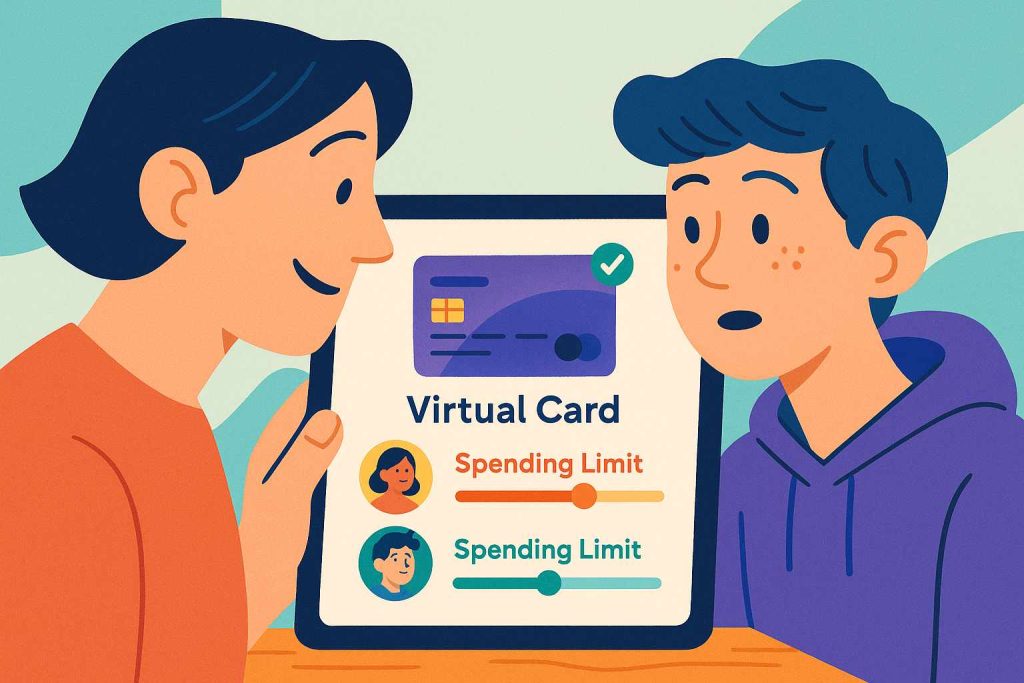In today’s digital age, finding effective ways to teach financial responsibility to young ones is crucial, and tools equipped with parental control have become increasingly popular for this purpose. Credit cards designed specifically for children can be a fantastic means to introduce them to the world of finance while ensuring their expenses remain under watchful guidance.
Understanding how these cards function and their benefits will allow you to manage your child’s spending wisely. Technology brings a wealth of opportunities for managing and monitoring how children spend money. These special cards allow parents to set limits, track purchases, and educate kids on budgeting—all while keeping spending under control.
How parental control features work

Parental control features on children’s credit cards transform how parents approach financial education. These cards allow adults to set spending limits, receive notifications on transactions, and even block specific merchants if necessary. This offers peace of mind and ensures that kids are spending money responsibly, learning to live within their means.
Additionally, these features allow parents to open up conversations about finances in a tangible way. Rather than hypothetical discussions, parents can point to real-world examples, guiding children on the importance of budgeting and saving for future expenses.
Choosing the right card for your family’s needs
When selecting a credit card with parental control features, it’s essential to consider the specific needs and habits of your child. Look for a card offering customizable spending settings, easy-to-use mobile apps, and real-time transaction notifications. Some popular options include the Greenlight card, BusyKid Visa, and GoHenry card.
Each of these options boasts unique features, from chores and allowances integration to educational tools. Think about whether you want a straightforward experience or something more comprehensive that encourages active learning about saving, spending, and earning.
Benefits of teaching financial responsibility early
Introducing children to responsible financial habits early on can provide numerous long-term benefits, including increased confidence in managing money and an improved understanding of financial literacy. These skills empower youngsters to make informed decisions as they grow older, setting them up for a financially stable future.
Moreover, early exposure to financial education can foster better spending habits, reduce impulse purchases, and help avoid debt accumulation later in life. Teaching children the value of money and the principles of responsible spending will ultimately lead to more self-aware adults.
Tips for teaching money management effectively
Successfully teaching children money management begins with open communication and practical experience. Set clear guidelines and expectations for how they can use their child credit card. Encourage them to take part in tracking their spending within the card’s app, discussing purchases, and analyzing how to budget wisely.
Use relatable, real-world scenarios to clearly demonstrate important concepts like saving for a desired item or goal. Consider introducing a simple, motivating reward system for meeting specific savings goals or consistently performing household chores, reinforcing the idea that money is earned through effort, not just given freely.
Empowering your child through controlled spending
Empowering your child to make financial decisions while having oversight and guidance is crucial. With the right tools and knowledge, children can develop a healthy financial life from a young age. In using child-specific credit cards, you offer a safe, controlled environment for them to learn.
Providing children with real-world financial experiences will arm them with the skills to manage their money adeptly in the future. These early lessons in spending and saving, guided by parental control, ensure they are well-prepared to handle more complex financial scenarios as they mature. Ultimately, embracing these educational tools lets parents guide their children into becoming financially responsible adults confidently.

